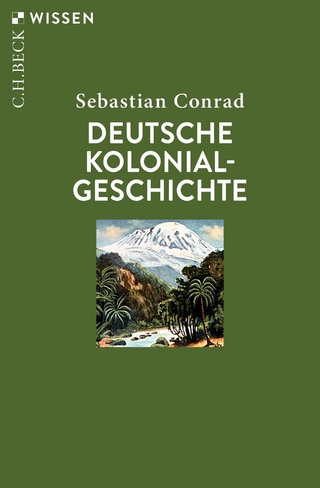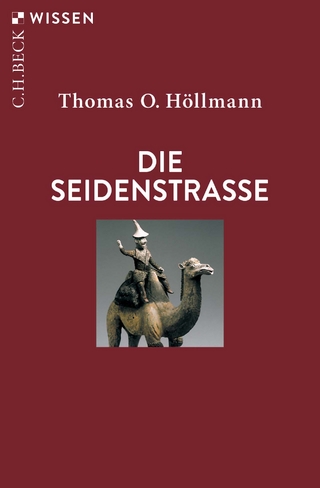
Venomous Encounters
Snakes, Vivisection and Scientific Medicine in Colonial Australia
Seiten
2017
Manchester University Press (Verlag)
978-1-5261-0144-0 (ISBN)
Manchester University Press (Verlag)
978-1-5261-0144-0 (ISBN)
Presents a radically new view of the role of science and scientific methodology in the colonies. It explores the role of snakes, snakebite and snake venom in the emerging science of nineteenth-century Australia and India, the neglected significance of inter-colony exchanges and conflicts and the importance of vivisection to science. -- .
How do we know which snakes are dangerous? This seemingly simple question caused constant concern for the white settlers who colonised Australia after 1788. Facing a multitude of serpents in the bush, their fields and their homes, colonists wanted to know which were the harmful species and what to do when bitten. But who could provide this expertise? Liberally illustrated with period images, Venomous encounters argues that much of the knowledge about which snakes were deadly was created by observing snakebite in domesticated creatures, from dogs to cattle. Originally accidental, by the middle of the nineteenth century this process became deliberate. Doctors, naturalists and amateur antidote sellers all caused snakes to bite familiar creatures in order to demonstrate the effects of venom - and the often erratic impact of 'cures'. In exploring this culture of colonial vivisection, Venomous encounters asks fundamental questions about human-animal relationships and the nature of modern medicine. -- .
How do we know which snakes are dangerous? This seemingly simple question caused constant concern for the white settlers who colonised Australia after 1788. Facing a multitude of serpents in the bush, their fields and their homes, colonists wanted to know which were the harmful species and what to do when bitten. But who could provide this expertise? Liberally illustrated with period images, Venomous encounters argues that much of the knowledge about which snakes were deadly was created by observing snakebite in domesticated creatures, from dogs to cattle. Originally accidental, by the middle of the nineteenth century this process became deliberate. Doctors, naturalists and amateur antidote sellers all caused snakes to bite familiar creatures in order to demonstrate the effects of venom - and the often erratic impact of 'cures'. In exploring this culture of colonial vivisection, Venomous encounters asks fundamental questions about human-animal relationships and the nature of modern medicine. -- .
Peter Hobbins is Research Fellow in the Department of History at the University of Sydney, Australia -- .
Introduction
1. Serpents and settlers: the colonial animal matrix, 1788-1840
2. Vivisection in the pub: public spectacles and plebeian expertise, 1840-80
3. Ontological conjunctions: dogs, snakes, venoms and germs, 1843-68
4. In vivo veritas: the amoral ascent of colonial vivisection, 1868-76
5. Legislators and other animals: foregrounding vivisection, 1876-95
6. Immunology and indigeneity: species, serums and localisms, 1890-1914
Conclusion
Index -- .
| Erscheinungsdatum | 08.02.2017 |
|---|---|
| Reihe/Serie | Studies in Imperialism |
| Zusatzinfo | 30 black & white illustrations |
| Verlagsort | Manchester |
| Sprache | englisch |
| Maße | 156 x 234 mm |
| Gewicht | 517 g |
| Themenwelt | Geisteswissenschaften ► Geschichte ► Regional- / Ländergeschichte |
| Geschichte ► Teilgebiete der Geschichte ► Wirtschaftsgeschichte | |
| Studium ► 2. Studienabschnitt (Klinik) ► Pharmakologie / Toxikologie | |
| Studium ► Querschnittsbereiche ► Geschichte / Ethik der Medizin | |
| Sozialwissenschaften ► Soziologie | |
| ISBN-10 | 1-5261-0144-0 / 1526101440 |
| ISBN-13 | 978-1-5261-0144-0 / 9781526101440 |
| Zustand | Neuware |
| Haben Sie eine Frage zum Produkt? |
Mehr entdecken
aus dem Bereich
aus dem Bereich


